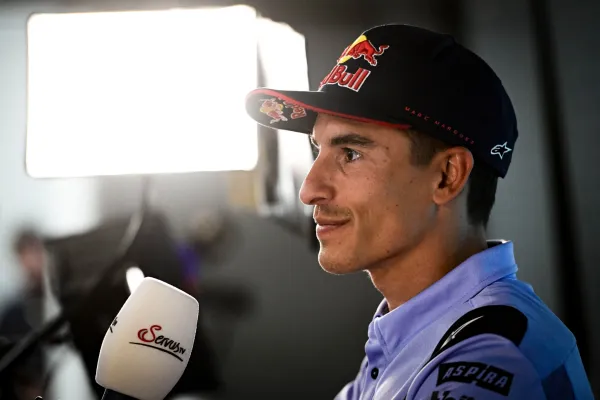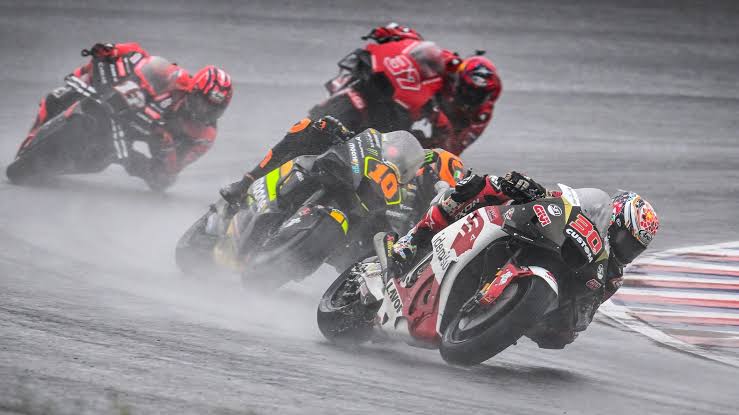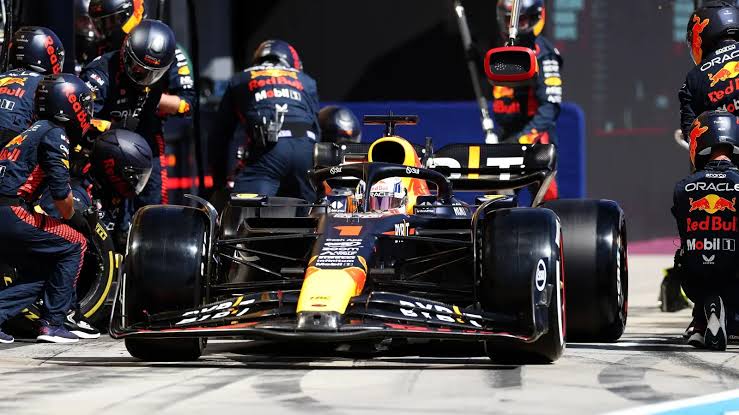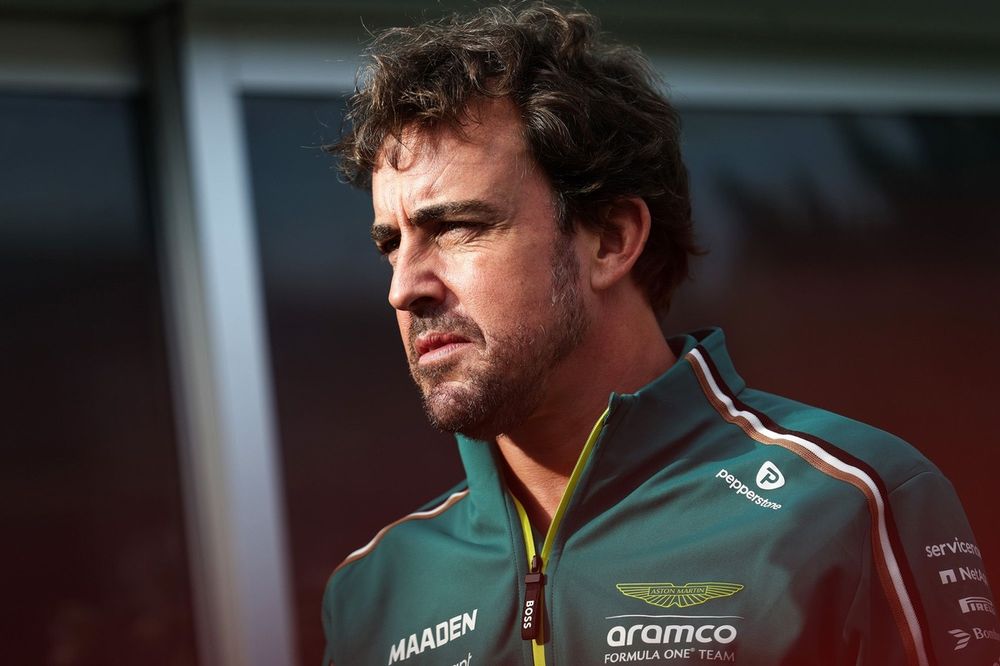All The Circuits In The History Of Formula 1
Covering the vast history of Formula 1 racing is no small task. With a legacy spanning over seven decades, the sport has witnessed countless evolutions, controversies, and triumphant moments.
While the focus is often on the drivers and teams, the venues where these iconic battles take place are equally essential to the narrative. From classic circuits with a rich heritage to modern street circuits set against stunning cityscapes, Formula 1’s journey through time has been nothing short of extraordinary.
The Origins: A Glimpse into History
Formula 1, initially known as Formula A, made its official debut in 1950. The inaugural season featured a total of seven races, with the majority of them taking place in Europe.
The first-ever race was held at the Silverstone Circuit in the United Kingdom, setting the stage for a legendary journey. Throughout its history, Formula 1 has seen circuits come and go, with new tracks emerging and classic venues disappearing from the calendar.
The Early Years: European Dominance
The early years of Formula 1 were marked by the prominence of European circuits. Iconic tracks like Monza in Italy, Spa-Francorchamps in Belgium, and Monaco’s famous street circuit have been part of the sport’s fabric since its inception. Each of these venues has its own unique charm and challenging characteristics, attracting racing enthusiasts from all over the world. “Monza: The Temple of Speed” Monza, known as the “Temple of Speed,” has been a staple in the Formula 1 calendar.
This historic Italian circuit is synonymous with high-speed duels and memorable moments. The old banking, although no longer part of the Grand Prix layout, remains an enduring symbol of the sport’s heritage.
Spa-Francorchamps: Eau Rouge’s Challenge
Belgium’s Spa-Francorchamps circuit is renowned for its unpredictable weather and the daunting Eau Rouge corner.
Drivers face a mix of heavy rain and bright sunshine, making it a favorite among fans and racers alike. It’s a place where legends like Ayrton Senna and Michael Schumacher showcased their skills.
The Glitz and Glamour: Street Circuits
In the 1970s, Formula 1 introduced the concept of street circuits, adding a touch of glamour and excitement to the sport. Monte Carlo’s Monaco Grand Prix is the most iconic of these. The narrow, winding streets of the principality offer little room for error and a taste of high-society life during the race weekend.
Jerez and Beyond: Spain’s F1 Adventure** Spain has its share of Formula 1 history, with Jerez de la Frontera hosting several Grand Prix events in the late ’80s and early ’90s. While Jerez is no longer on the calendar, Spain continues to be represented by the Circuit de Barcelona-Catalunya.
This circuit has become a hub for pre-season testing, where teams unveil their new cars and drivers prepare for the challenges ahead.
Nürburgring: The Green Hell Few circuits command as much respect as the Nürburgring Nordschleife, often referred to as the “Green Hell.” While the Grand Prix layout is now the primary choice for Formula 1 races in Germany, the Nordschleife holds a special place in motorsport folklore. The likes of Sir Jackie Stewart tackled this treacherous circuit, showcasing their fearlessness.
The Newcomers: Expanding Horizons The addition of new circuits to the Formula 1 calendar represents the sport’s constant desire for global expansion. Istanbul Park in Turkey, Jeddah Corniche Circuit in Saudi Arabia, and the Miami International Autodrome in the United States are recent examples of this drives.
These venues bring a fresh look to the championship, attracting both fans and critics. Evolving and Adapting: F1’s Future The history of Formula 1 circuits is a story of evolution and adaptation. Tracks like Silverstone and Suzuka have undergone changes to meet modern safety standards and keep racing exciting.
Meanwhile, new venues are designed to challenge drivers and entertain spectators, ensuring the sport’s future remains vibrant.Conclusion: A Legendary Legacy From the historic circuits of Europe to the glittering street circuits of modern metropolises, Formula 1’s journey through the years is a testament to its endurance.
The sport’s rich tapestry of tracks has contributed to some of the most thrilling and unforgettable moments in motorsport history.As Formula 1 continues to embrace new challenges and adventures, the circuit will always be at its heart, preserving its legacy for generations to come.





















